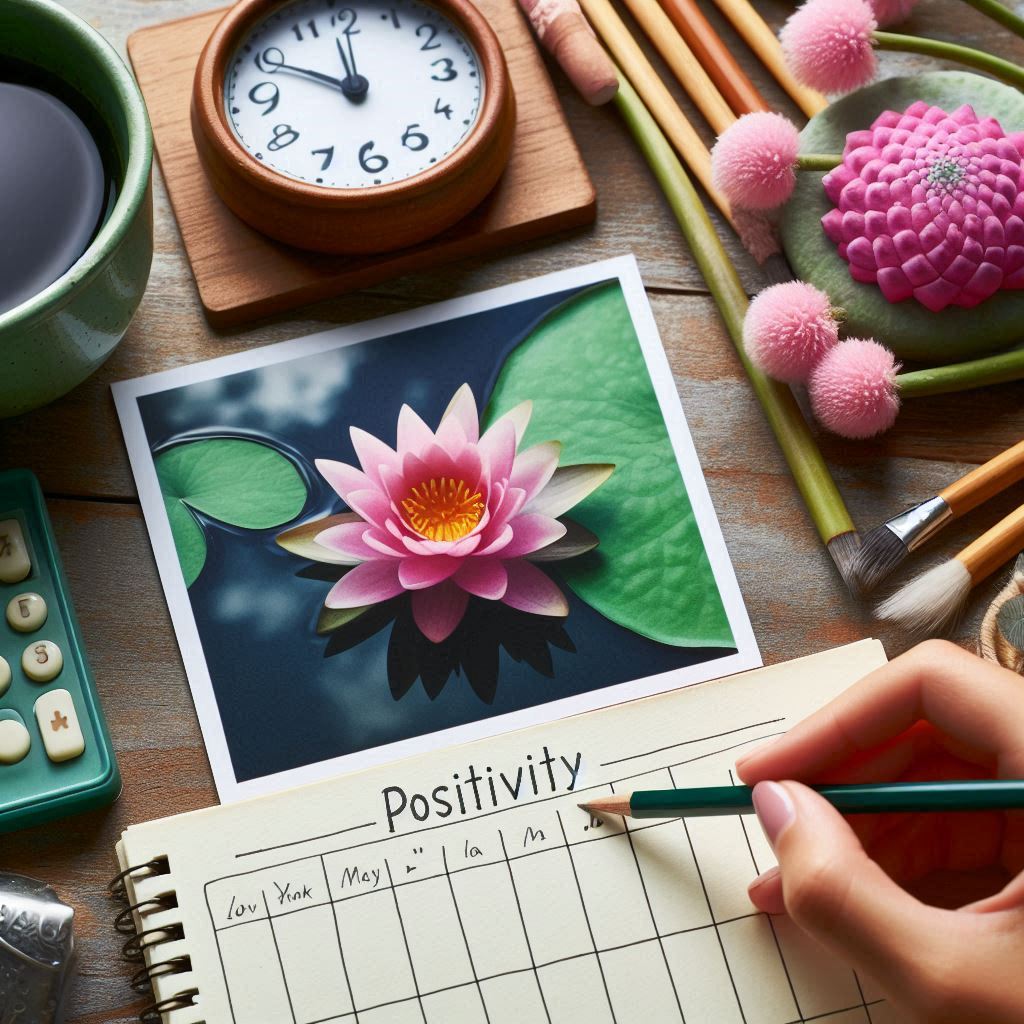How Breath Control Works
-
Mind-Body Connection:
- Your breath is the bridge between your conscious and autonomic nervous systems. By controlling your breath, you gain direct access to functions typically beyond voluntary control.
- This connection allows you to send calming signals to your brain, similar to pressing a "reset" button during moments of stress or anxiety.
-
Nervous System Regulation:
- Slow, deep breathing activates your parasympathetic nervous system (your "rest and digest" mode), countering the fight-or-flight response.
- This activation naturally lowers heart rate, reduces blood pressure, and relaxes tense muscles – creating a cascade of calming effects throughout your body.
-
Oxygenation and Energy:
- Proper breathing techniques optimize oxygen intake and carbon dioxide release, improving energy production at the cellular level.
- This enhanced oxygenation can clear mental fog, boost concentration, and increase overall vitality – like opening the windows in a stuffy room.
-
Attention Anchoring:
- Focusing on your breath provides a natural anchor for attention, bringing wandering thoughts back to the present moment.
- This anchoring effect is the foundation of many meditation practices, training your mind to stay present rather than dwelling in the past or worrying about the future.
Powerful Breath Control Techniques
-
Box Breathing (4-4-4-4):
A technique used by Navy SEALs to stay calm under pressure. Inhale for 4 counts, hold for 4, exhale for 4, and hold for 4. This balanced breathing pattern creates a steady rhythm that calms the mind and sharpens focus – perfect for high-stress situations.
-
Diaphragmatic Breathing:
Also called "belly breathing," this technique engages your diaphragm fully. Place one hand on your chest and one on your belly. Breathe so that only your belly hand rises. This maximizes lung capacity and oxygen intake while signaling safety to your nervous system.
-
4-7-8 Breathing:
Developed by Dr. Andrew Weil, this technique involves inhaling for 4 counts, holding for 7, and exhaling for 8. The extended exhale activates your relaxation response, making this an excellent technique for managing anxiety or helping with sleep.
-
Alternate Nostril Breathing (Nadi Shodhana):
An ancient yogic technique that balances the two hemispheres of your brain. Using your thumb and ring finger, alternate closing one nostril as you breathe through the other. This practice harmonizes your energy and creates mental equilibrium.
Benefits of Regular Breath Control Practice
- Stress Reduction: Regular breath control practice rewires your stress response, making you more resilient to daily pressures and challenges.
- Improved Mental Clarity: Proper breathing increases oxygen to your brain, enhancing cognitive function, decision-making, and creative thinking.
- Emotional Regulation: Breathwork provides a tool to modulate emotional intensity, helping you respond rather than react to emotional triggers.
- Better Sleep: Calming breath techniques before bed signal to your body that it's safe to relax, improving both sleep onset and quality.
- Enhanced Energy: Energizing breath techniques can provide a natural alternative to caffeine, boosting alertness without the subsequent crash.
- Stronger Immune Function: Deep breathing improves lymphatic flow, helping your body clear toxins and strengthen immune response.
Getting Started with Breath Control
- Start Small: Begin with just 3-5 minutes of focused breathing each day. Quality matters more than quantity when building your practice.
- Create Triggers: Link breath practice to existing habits – perhaps before meals, after brushing teeth, or when stopping at red lights.
- Use Technology Wisely: Consider breath pacer apps that provide visual or audio guides to maintain consistent breath patterns.
- Be Patient: Like any skill, breath control improves with practice. Notice subtle changes in your responses to stress as you continue.
Conclusion
In a world of complex self-improvement strategies, breath control stands out for its simplicity, accessibility, and profound impact. This ancient practice, now backed by modern science, offers a direct pathway to mental wellness that's available to you in any moment. By investing just a few minutes daily in conscious breathing, you're giving yourself a powerful tool for life – one that's always with you, completely free, and remarkably effective. Take a deep breath now, and feel the difference it can make. Your journey to mastering your mind through breath has already begun! 🌬️

